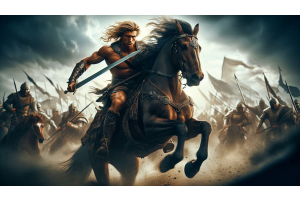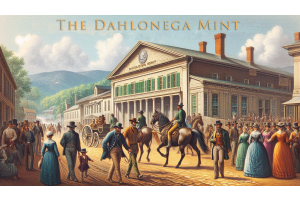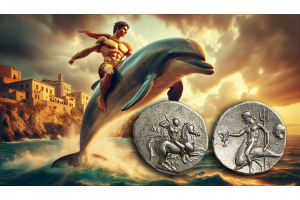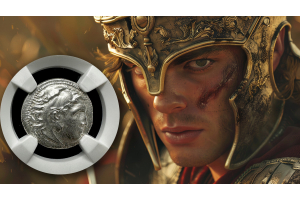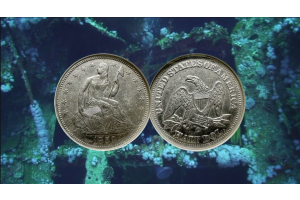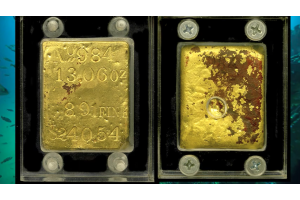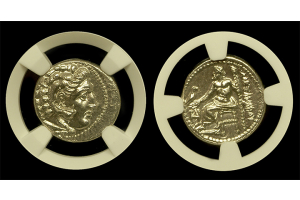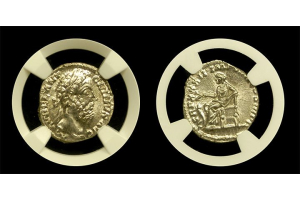The command to have Jesus Christ crucified
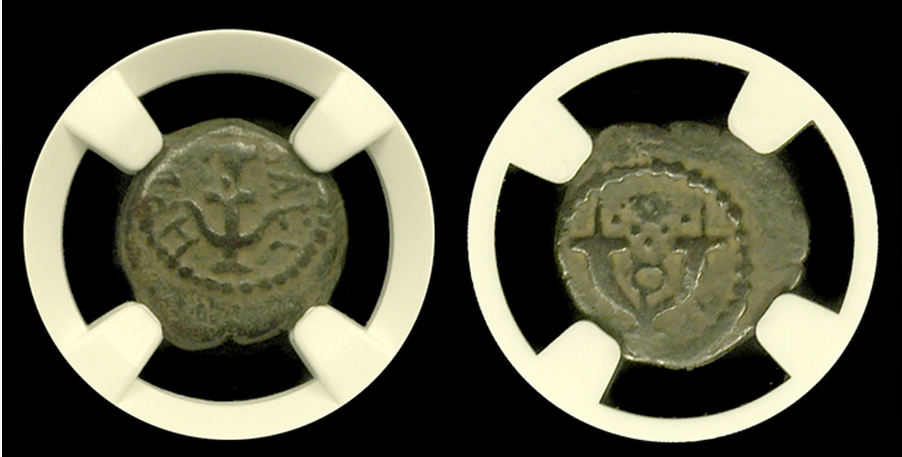
Pontius Pilate was Governor of Judea from 26-36 AD under the Roman emperor Tiberius. He is one of the most infamous men in history because he gave the command to have Jesus Christ crucified.
The New Testament describes Pontius Pilate as a wavering judge. It says that Pilate initially exonerated Jesus before bending to the will of the crowd, and condemning him to death. But non-Biblical sources paint a much darker picture of the Governor of Judea. His reign was corrupt and full of bribery. Although this was typical behavior for a Roman Ruler, Pilate was more ruthless than others as he also willfully defied the Jewish people's traditions.
Pontius Pilate Bronze Prutah
The bronze coins (or ‘prutah’) was issued by Pontius Pilate between 26 – 36 AD. These coins are of especial interest to Christians and Jews. This is because of Pilate's connection with Jesus Christ and his involvement in Jewish history. These coins were traded during the lifetime of Jesus. In fact, they were often used and traded every day!
This bronze prutah was minted between 29 and 31 AD. A prutah coin was of very low value and was mainly used in the poor province of Judea. For example, at the time of Jesus it took 24 prutah just to buy a loaf of bread. They were produced by the Mint of Jerusalem. The flans (on which ancient coins were struck) were cast in strips and then carelessly hand struck with even cruder dies. Similarly, little attention was paid to the quality of the prutah. Most are far off-center, flatly struck, or nearly unidentifiable.
On the Obverse you'll see a lituus, which was the wand of an augur. The wand was used to interpret natural phenomenon such as lightning flashes, the flight of birds, etc. On the Reverse there is a simpulum, more commonly known as a ladle. These ladles were used to make libations during sacrifices and was a common symbol of the Roman priesthood. These symbols offended Jewish religious sensibilities. Being placed on coinage that they would have to handle on a daily basis was just adding insult to injury.
Prutah still has dirt from the Holy Land
The command to have Jesus Christ crucified was as historical as it was horrific. The coins that we have were found in and around Jerusalem and have not been cleaned for a reason. Each coin is uniquely toned. As a matter of fact, each Prutah still has dirt from the Holy Land adhering to its surfaces. They can be cleaned to exhibit more detail. However, we chose to leave them in their original “as found” state for the sake of history.
NGC, the top grading authority in the marketplace, has graded each of our Ancient Coin Picks. If you can't find what you're looking for, we are more than happy to assist you with your ancient coin needs!






